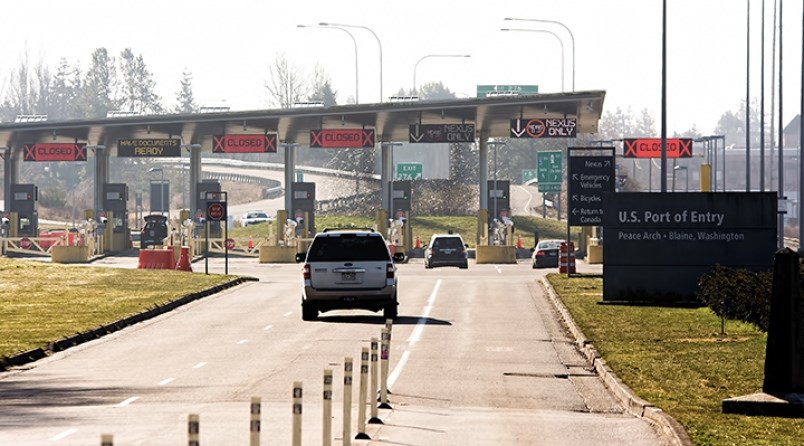The Business Council of B.C. has released a summary report on the province’s trade ties to the United States as the threat of tariffs on our exports looms under president-elect Donald Trump.
Report author and council policy director Jairo Yunis says B.C. is less reliant on direct trade with the U.S. compared with other provinces. However, warned Yunis, “the interconnected nature of Canada’s economy means no province would be immune to the ripple effects of reduced U.S.-Canada trade.”
Here is a glance at the numbers:
- 54 per cent: The province’s share of total merchandise exports going to the U.S. in 2023, totalling $30.4 billion in goods to the U.S. and seven per cent of its GDP — which is below the pre-COVID (2015-2019) average of eight per cent.
- $8.2 billion: The value of energy exported to the U.S. (59 per cent is natural gas, 14 per cent is electricity)
- $7: For every $10 of energy, forestry products, metals and minerals, and farm, fishing and intermediate food products produced, $7 worth is shipped to the U.S.
- 47 per cent: The percentage of goods flowing to West Coast states: Washington (32), California (11) and Oregon (4).
- Five per cent: The percentage of jobs in B.C. directly tied to U.S.-bound exports
- 136,000: The number of jobs in B.C. directly tied to U.S.-bound exports (2019).
The council’s report relied on Statistics Canada and provincial trade data.




